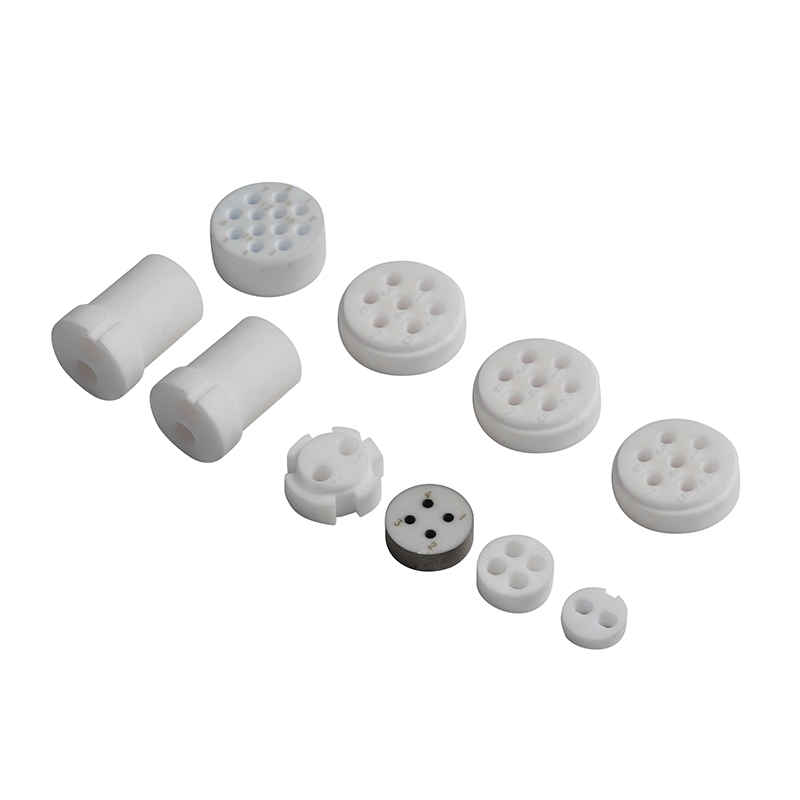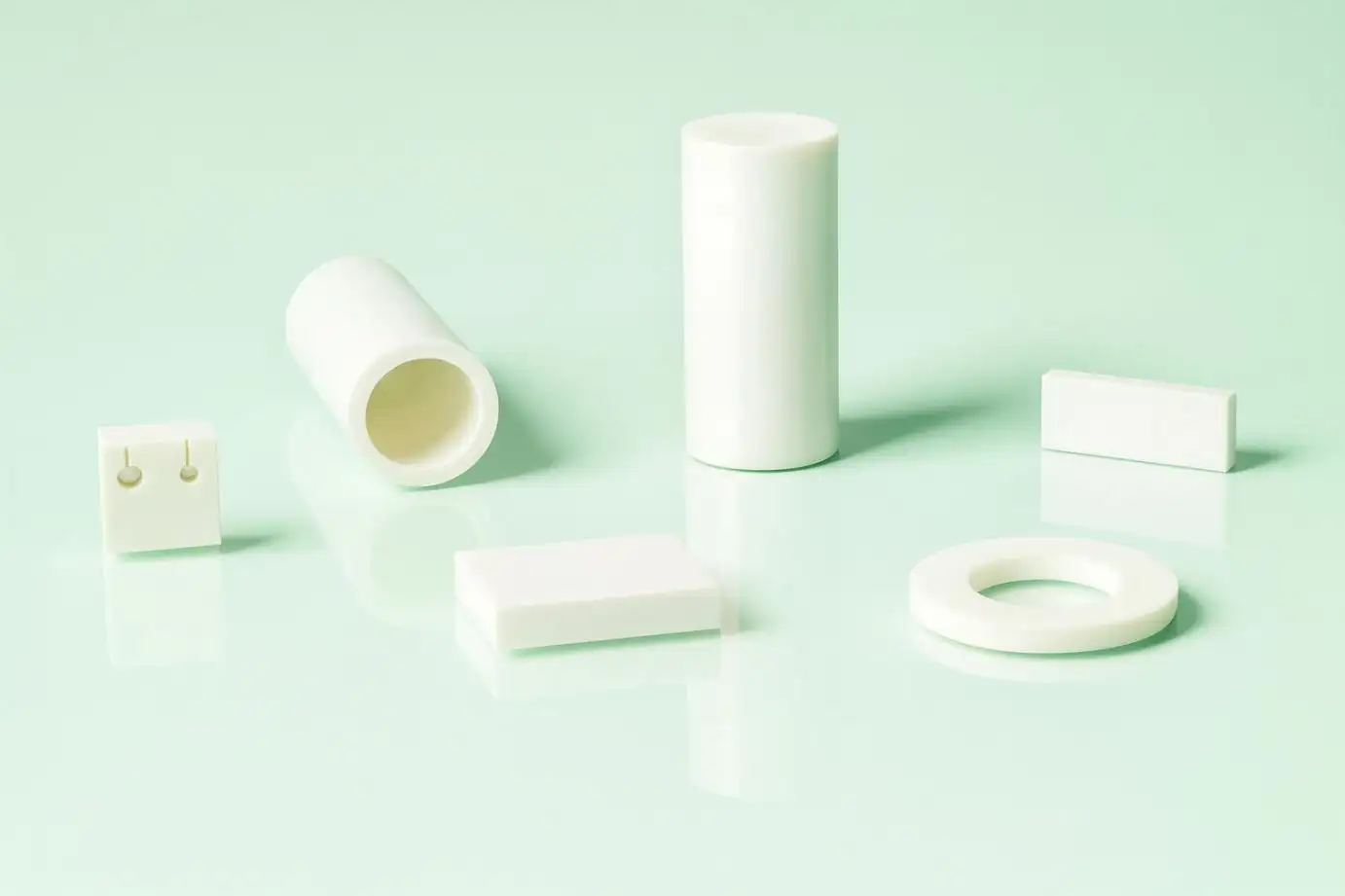Why Custom Ceramic Rod Solutions Beat Metal in Precision Parts
Custom Ceramic Rod solutions from UPCERA help precision manufacturers push beyond metal's limits in accuracy, uptime, and lifetime cost. We specialize in advanced-ceramic customization and processing, so our rods keep their shape under heat, shrug off abrasion, and hold tight tolerances where conventional alloys drift or degrade.

What's Really Holding Precision Lines Back
No production manager plans for tolerance creep, but it arrives all the same - usually as tiny deviations that snowball into scrap and rework. Under load, metal components can soften, gall, or oxidize. Lubricants break down. Corrosive media attack surfaces. Each small effect widens clearances, raises friction, and erodes repeatability.
UPCERA addresses these pain points with a Custom Ceramic Rod that is dimensionally stable at temperature, inherently hard, and chemically inert. In practice, that stability translates into steadier setups between maintenance intervals, fewer unplanned stops, and cleaner, more predictable processes. Our material palette - zirconia, alumina, silicon carbide, and silicon nitride - lets us match properties to the duty cycle rather than forcing your design to fit a single stock grade. This matters in precision machinery, semiconductor tools, medical devices, and chemical processing where any loss of alignment or surface finish quickly becomes a yield problem.
✅ Ceramic Performance You Can Quantify
Precision work lives and dies by numbers. Here are the ones that keep engineers confident when they specify an UPCERA rod:
- Length Range: ≤ 1000 mm
- Outer Diameter: ≤ 150 mm
- Minimum Drilled Hole: ≥ φ0.4 mm
- OD Precision: 1–25 mm: ±0.002 mm; 20–50 mm: ±0.003 mm; 50–100 mm: ±0.050 mm; 100–150 mm: ±0.100 mm
- Length/Thickness Precision: ±0.005 mm
- Surface Roughness: Ra 0.03
Those figures aren't marketing gloss; they are the practical foundation for parts that fit on first assembly and keep interfaces true over extended service. Low thermal expansion prevents the "grow-and-bind” behavior you see in heated metal fixtures. High hardness limits wear at contact points such as guide pins, seals, standoffs, and probe tips. Chemical resistance avoids pitting and oxidation that would otherwise roughen sealing surfaces or create particle traps.
Just as important, we prioritize finish uniformity and microstructural consistency. That's why customers use a Custom Ceramic Rod in high-voltage insulation, high-purity fluid transfer, and cleanroom handling equipment where a random inclusion or surface microcrack can derail an audit.
Built-To-Print Versatility Without Re-Engineering
Many teams assume moving to ceramics requires redesign. It doesn't. UPCERA machines to your drawing and supports hybrid integration so you can drop in ceramic where it makes the most impact:
- Geometries: solid, hollow, stepped, threaded, locating pins, plungers, center rods, needle gauges
- Assemblies: ceramic–metal assemblies with metallization for reliable bonding and grounding
- Finishes: smooth surfaces that reduce friction and lower particle generation in sensitive environments
We help you choose the right ceramic for the job. Zirconia brings strength and fracture toughness when shock resistance matters. Alumina is the go-to for electrical insulation and chemical durability. Silicon carbide shines in abrasive flows and high temperatures. Silicon nitride combines high strength with low density for fast-moving mechanisms. The result is a targeted solution, not a one-size-fits-all component.
- Where A Custom Ceramic Rod Changes The Outcome
Think about the stations where quality drifts are born. A bearing journal that wears a little each shift. A guide pin that expands during a hot cycle and scuffs the mating bore. A probe that carries trace contamination into a clean zone. Replacing those parts with a Custom Ceramic Rod changes the math:
- Precision Machinery: guide pins, rollers, and shafts keep their geometry, so alignment holds and vibration drops.
- Semiconductor Fabrication: wafer handling and cleanroom tooling benefit from non-magnetic, inert, low-particle surfaces - ideal for custom ceramic rod for semiconductor equipment.
- Medical And Laboratory Tools: biocompatible, non-reactive surfaces simplify sterilization and protect sample integrity.
- Electrical And Electronic Systems: high dielectric strength and insulation value support safe spacing in high-voltage assemblies.
- Chemical Processing: sleeves and protective tubes resist acids and alkalis, preserving seals and minimizing downtime.

In each case, you're not just buying a harder material; you're buying stability - fewer adjustments, fewer failures, and tighter process capability. That's why teams often cite improvements in MTBF and easier compliance testing after switching to ceramic components.
Why UPCERA?
For more than two decades, UPCERA has built precision ceramic components for environments where failure isn't an option. We operate as a manufacturer, not a broker: factory-direct supply, documented quality, and repeatable outcomes from prototyping through scale.
What that means for you:
- 20+ Years In Advanced Ceramics: practical guidance on tolerances, fixturing, and inspection so your drawing becomes a reliable part.
- Custom Production: one-offs for a pilot line or volume runs for a mature platform, with the same focus on consistency.
- Material Options: zirconia, alumina, silicon carbide, and silicon nitride stocked and processed to spec.
- Integration Support: ceramic–metal assemblies and metallization services for secure mounting, grounding, or braze interfaces.
Our engineers collaborate on the front end - material down-selection, geometry trade-offs, and surface finish targets - so the delivered component meets strength, purity, and performance goals without over-engineering cost into the part.
- Choosing Ceramic Over Metal: A Practical Shortcut
If you're weighing whether a Custom Ceramic Rod is worth the switch, start with three quick checks:
- Temperature Profile: If operating temperature swings cause dimensional drift or lubrication breakdown, ceramics' low expansion and inert surfaces will stabilize the interface.
- Wear Mode: If abrasion or micro-fretting is the root cause of scrap, ceramic hardness will slow geometry loss dramatically.
- Chemistry And Cleanliness: If corrosion, oxidation, or contamination limits throughput, inert, non-magnetic ceramics will cut variables and simplify cleaning.
If two of the three resonate, you'll likely see measurable gains in yield and uptime within the first maintenance cycle.
Closing Words
Ready to replace wear-prone metal parts and lock in tighter tolerances? Share your drawing, loads, and environment with UPCERA. We'll recommend the optimal Custom Ceramic Rod material, geometry, and finish to improve accuracy, extend service intervals, and reduce total cost of ownership. Let's turn your precision targets into everyday performance.
 English
English 中文
中文





